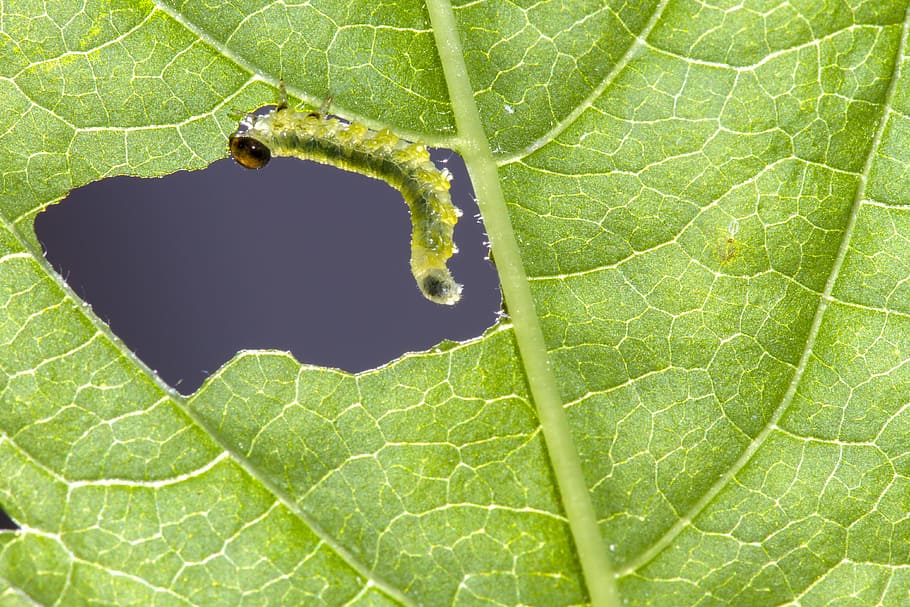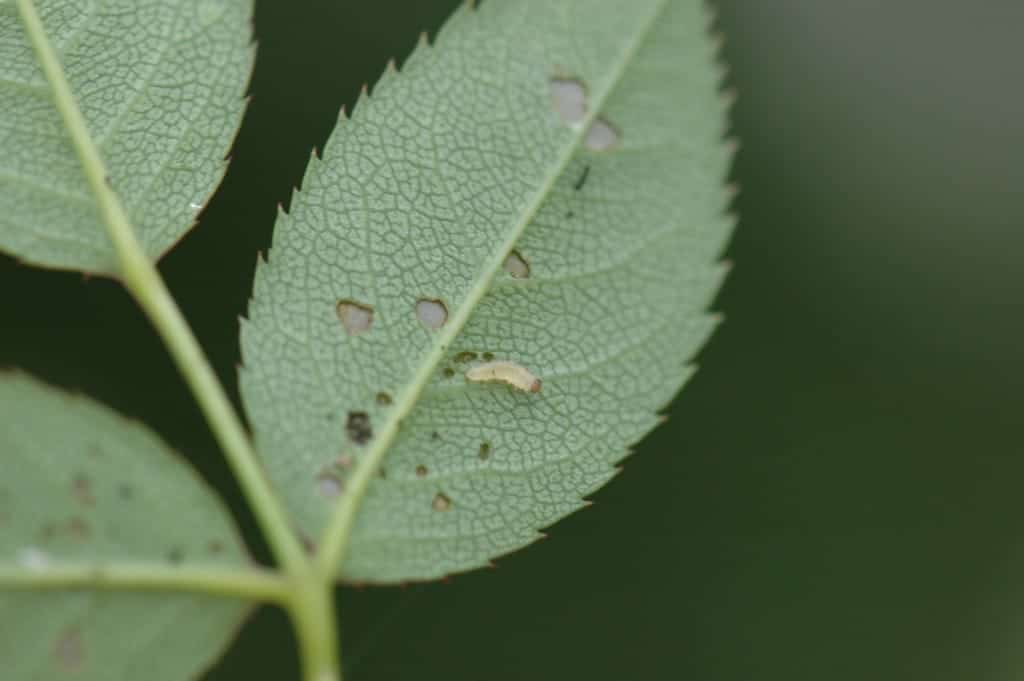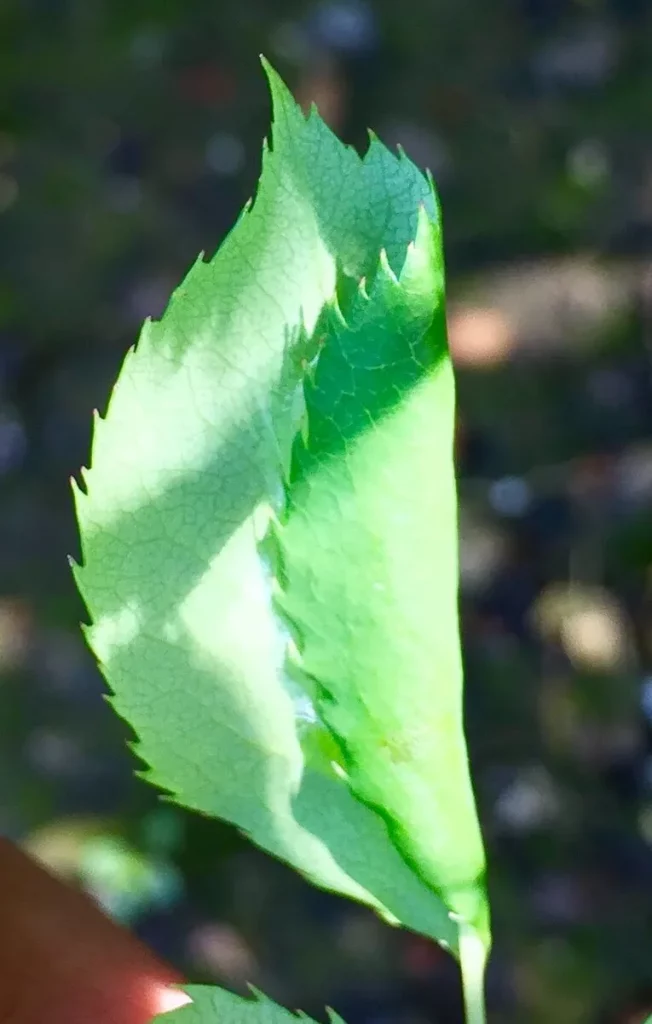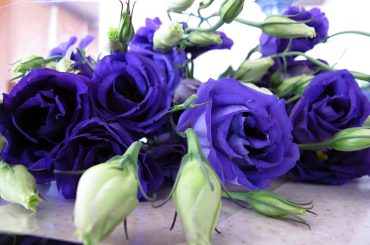Table of Contents
Do you get sick of seeing caterpillars on roses in your beautiful garden? Moreover, you need to be more knowledgeable about how to keep these bothersome pests out of your garden. Look nowhere else! This blog post will explain how to spot and treat an infestation of rose sawflies.
Rose sawfly caterpillars particularly harm rose bushes’ foliage, and their larvae, also known as ‘rose slugs,’ can seriously harm the plant. In this article, we will discuss locating marks of sawfly caterpillars in your rose bush. Besides, you will find effective rose sawfly control strategies, such as DIY techniques and insecticides, as well as tips for maintaining strong, well-groomed rose bushes.
Let’s learn the process of growing rose bushes without rose sawflies.
Identification of Caterpillars on Rose Plants
Rose sawflies, besides wasps, bees, and ants, belong to the genus Hymenoptera’s subdivision Symphyta. As per entomologists, nearly 500 types of sawflies are found in the UK.

The most troublesome rose sawfly type among them is the large rose sawfly caterpillars. Other types are rose slugworm sawflies and leaf-rolling sawflies caterpillars. The female sawflies produce their eggs through an organ that resembles a saw, which is the source of their name. Their maggot-lookalike caterpillars, known as rose slugs, destroy the rose plants. They are tiny insects of less than one centimeter in size.
Large rose sawflies sustain on rose leaves and sometimes severely defoliate the plant. Their larvae are palely speckled yellow, green, and black. The heads and thorax of the adults are almost black with yellowish abdominal parts.
Features of Rose Sawfly
The rose sawfly caterpillars are a type of insect larvae that can cause damage to rose bushes. In fact, “rose slugs” are creatures that resemble caterpillars and have nothing to do with slugs.

- When completely mature, they measure between 12.5 and 18.8 mm or about 1/2 to 3/4 of an inch. The rose Slug found in the UK is slimy like other slugs and is velvety and greenish with a brown head. The body of the bristly rose slug, however, is covered with several bristles that resemble hair.
- The adult sawfly lives on the nectar and pollen of other plants, while the larvae grow on rose bush leaves. The larvae can do significant damage to roses, and it is important to manage infestations. Rose sawfly caterpillars are about half an inch long and yellow-green with yellow heads.
- They have a slim, elongated bodies with no legs and are often found on the undersides of rose leaves. You can readily differentiate from other larval insects usually found on the rosebushes from their physical features. Aphids, mites, and thrips are some of the harm-causing insects whose larvae are frequently seen on rose bushes.
- Young caterpillars only feed on the soft parts of rose leaves, while many mature caterpillar species defoliate roses by eating entire leaves and even the flowers many times. Different types of sawfly larvae feed on roses. Most of them are yellow or green and have a similar appearance.
Lifecycle of Rose Sawflies
The larvae of the rose sawfly emerge in the middle to let spring or in May. There is only one generation per year. By the middle of June, fully developed larvae fall from the plants and dig holes in the ground. The adults will not come out until the following spring when they will lay their eggs on the fresh rose and go inactive and underground until then.
Tips for Identifying Rose Sawfly Larvae
- Largely referred to as sawfly larvae, these caterpillars comprise different subspecies, including the curled and bristly rose sawfly. To identify these caterpillars, you are suggested to look for yellow-green caterpillar-like creatures with no legs on the undersides of the rose leaves.
- Despite not being scientifically proven, you might notice other characteristics that can help you distinguish sawfly caterpillar larvae from other insects, such as moth and butterfly ones.
- You can look for visible black dots on both sides of the head of this species. Oval-sized, stud-like heads of most species appear to have been stitched to the main body section, revealing a visible neckline.
- Contrarily, caterpillars associated with other insects and moths display a less apparent integration mark between the neck and head. Their head practically appears to be extensions of their bodies.
Finding Traces of Rose Sawfly Infestation
The caterpillars on your roses may cause extreme harm to your garden. It is always better to monitor and detect the signs of pest attacks beforehand.
Timely intervention can enhance the survival chances of your rose plants. You must know about the symptoms of an infected rose plant with rose sawfly caterpillars.

Helpful Detection Tips
- Early detection and simple cultural control measures can help prevent infestations from becoming severe.
- Signs of rose sawfly infestations include chewed leaves, skeletonized leaves, and frass on the undersides of leaves. It’s crucial to look at the leaf’s top and bottom layers in order to spot infiltration.
- If your rose plant recently grew or is currently dealing with a different problem, like an infection, they become more vulnerable. It may die from an intense infestation of rose sawflies.
- Keep an eye on the caterpillars on rose plants across the growing phase by checking the foliage, flower buds, and stems for signs like spotting, blackening, sticky remnants, yellowing, deformity, or gaps in the rose leaves.
Damages Caused by Rose Sawflies
Rose sawflies can harm plant life in different ways. Typically, windowpane symptoms, foliage skeletonizing, and rolled leaves indicate that the sawflies have attacked the rose plant. You will learn more about them in this section.
1. Windowpane Symptoms
You can find windowpane symptoms when the larvae only eat underneath the leaves while leaving the top layer unharmed.

Sometimes, tiny holes or cuts appear on the leaves when big-sized larvae ingest the leaves. Since the larvae eat away the leaf’s exterior, their initial nibbling results in “window panes” of see-through leaf tissue. With the increasing size of larvae, the impact of leaf-eating causes recognizable elongated holes.
2. Foliage Skeletonizing

Typically, the bristly rose slug enjoys consuming the inner surface of the rose leaves. Some rose cultivators describe this process as “skeletonizing” the foliage because it results in a transparent, delicate layer of tissue on the leaves.
As a result, the principal vein of the impacted leaves becomes brown and can finally turn into big holes.
3. Rolled leaves

The firmly rolled leaves are a telltale sign of the harm these sawflies have done to rosebushes. It happens when female rose leaf-rolling sawflies release chemicals during the egg-producing process. It happens within a day when a female sawfly lays an egg in the leaf base.
Larvae, which are light green, get nourishment from the rolled leaves. Typically, the rolling of the leaves takes place between April’s end and the start of June.
Control Methods for Rose Sawfly Caterpillars
You can always start cultural control strategies with early detection. Rose sawfly caterpillars can be managed by controlling them in different ways. Some practical methods are picking them off the rose plant and eliminating them or hitting them powerfully with water spray.
Rather than the adults, control methods are directed at the larvae. Other preventive measures are increasing the number of insect-preying birds or applying insecticide.
1. Manually prevention methods
The most simple cultural control technique is to remove infected leaves and destroy the larvae.
This can be done by hand-picking the larvae from the leaves or using a forceful stream of water to knock them off the plant. You should check the leaves’ bottom side regularly.
You can also use your garden hose or water spray directly to blast on the rose slugs ruining the rose plants. This will cause them to fall to the earth. It will be impossible for them to find their way to the rose plants’ leaves. No doubt, those who are uncomfortable will like and follow this method.
These manual methods are equally helpful in eliminating bristly and leaf-rolling sawflies.
2. Destroying Rose Sawfly Through Insecticides
Another way to get rid of these caterpillars is the application of systematic insecticides. The advantage of using systematic insecticides is that you can act beforehand and take precautions instead of simply awaiting an infestation to harm your rose plants.
The start to mid-spring is the best time for adding a systematic insecticide to the ground surrounding your rose plants to prevent rose sawflies. Imidacloprid is one illustration. However, this particular insecticide can also harm helpful insects.
- Active ingredient content 0.045 g/L pyrethrins and 8.25 g/L rapeseed oil
- Ready to use spray to control mature insects, their larvae and their eggs
- Effective against sucking and biting insects such as aphids, thrips, spider mites, whitefly, mealy...
3. Natural Insecticide
Organic insecticide neem oil is produced from the neem trees’ seeds. It is employed to manage plant diseases and pests. It interferes with insects’ life cycles and stops them from consuming and procreating. Rose plants can be safely treated with neem oil; it does not harm helpful bugs.
4. Use of Insect Predators as Living Insecticides
Another cultural control measure is to encourage natural predators of the rose sawfly to inhabit the garden.
Many birds of prey, frogs, lizards, ants, preying wasps, and bug types are among the sawflies’ natural predators. Avians like wrens are effective sawfly predators that are good for your yard. This can be done by planting companion plants that attract predators or arranging birdhouses and bird feeders.
Moreover, ground beetles ingest sawfly caterpillars are your most supportive garden ally. Carnivores like rodents and beetles are no less helpful in reducing sawflies in your garden.
5. Destroying Food Sources
Eliminating the adult caterpillars’ food source will also help reduce the chances of a Caterpillar invasion on roses. For instance, adult sawflies consume nectar and pollen from common tansy, so stopping to grow tansy will make it convenient to cultivate your rose bushes.
But if one of your neighbors has tenancy in their yard, the adult sawflies can come to your yard. They may lay the eggs on one of your rose plants.
If your rose plants’ health is good, they can obviously withstand some damage or defoliation from sawflies.
Tips for Growing Healthy Rose Plants
Read these easy-to-follow tips to maintain rose plants in your garden and make them more resilient to rose sawfly caterpillars.
- Plant them in a spot where your rose plants can get at least six hours of sunlight per day and have well-drained soil.
- Water them deeply and regularly, about one or two inches per week, preferably in the early morning.
- Fertilize them with organic rose food or composted manure before and throughout the blooming season.
- Mulch them with lucerne hay, pea straw, sugar cane, or similar materials to retain moisture and suppress weeds.
- Avoid overhead watering and wet foliage to avoid fungal problems.
- The concentrate is designed to promote healthy growth, improve the quality of blooms, and increase...
- The plant food is suitable for all types of roses and shrubs, including both indoor and outdoor...
- Effective in improving plant health and growth, as well as enhancing the color and quality of...
Conclusion
Caterpillars on roses are a nightmare for any gardener. The blog post offered crucial detection and mitigation advice for protecting the rosebushes from rose sawflies.
Rose sawfly caterpillars belong to the subgroup Symphyta of the genus Hymenoptera. Large rose sawflies, curled and bristly rose sawflies, are the most common enemies of rose bushes. The adult insects are less than 1cm in size. The plant can suffer severe damage from its larvae, commonly described as rose slugs.
Frass, transparent, and yellowing leaves are the main signs of infestation. Early detection can help to eradicate these caterpillars in time and rescue the rose plants of your garden. You can control it manually, using insecticides or following organic preventive measures.
Folks, get ready to transform your dream of a stunning rose garden into a reality.








2 Comments
Pingback: Hidden Danger: How Caterpillars Can Harm Your Dog's Health - TheArches
Pingback: Effective Ways to kill Caterpillars Instantly - TheArches